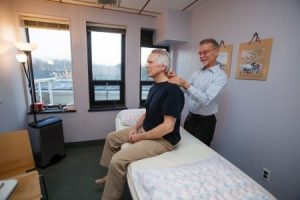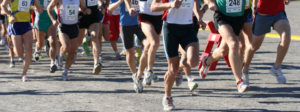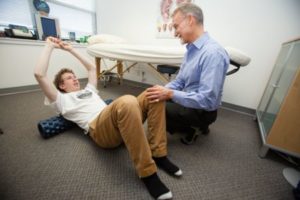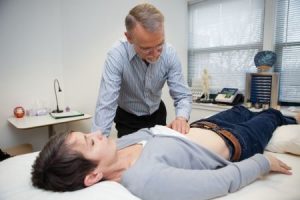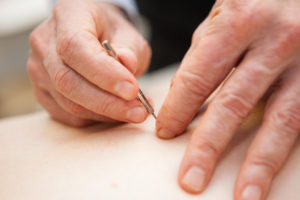After a bunch of Nor’easters pummeled the northeast in March, it’s now actually starting to look and feel more like Spring. While spring rain may bring flowers, it also brings pollen. Which brings seasonal allergies.
If you are allergic to pollen, your immune system sees the pollen as a danger and releases antibodies that attack the allergens. The mistaken threat causes a chemical release of histamines to combat and eliminate the fine, dusty pollen exposed to your body.
Perhaps you typically battle allergies with a box of Kleenex and a Claritin. But there are other options to stifle the sneezing and ease the itchy eyes.
Acupuncture for allergies
Acupuncture is all about bringing balance to the body. Therefore, treatments are meant to even the imbalance and disruption that the pollen brings to your body’s defensive mechanisms. In addition to addressing the core issues of the immune response, there are, unsurprisingly, acupuncture points I may use on your face and near the nose! Try a couple for yourself:
- Point 1, known as Large Intestine 20, also (appropriately) termed “welcome fragrance.” Right at the outside base of each nostril, press with your middle fingers diagonally upward, like you’re aiming for your eye on the opposite side of your face.
- Point 2, known as Bitong, also (appropriately) termed “free passage of the nose.” To find the point, identify the groves along each side of the nose. Press on the point at the highest point on the groove, just opposite the nose.
Wash your sinuses with a neti pot
What’s a neti pot? It looks like a tea kettle, where the spout is gently placed in the opening of your nose. The saline solution inside gets poured into one nostril and comes out the other.
Since it’s the pollen that you breath in that triggers an immune response, a neti pot can help with easing symptoms by flushing out the little particulates of pollen from your sinus cavity.
Try an anti-inflammatory diet
To me, “eating right” doesn’t just mean eating healthy. It also means eating particular foods that are best suited to your physical disposition. The histamine produced by your immune system from pollen can cause an inflammatory response. This is why allergy medications are called “antihistamines” because they will attempt to reduce inflammation.
But you can also change what you eat to regulate your immune system and reduce inflammation before taking any medication. Here are some great foods for that:
- Pineapple
- Salmon
- Green leafy vegetables
- Broccoli
- Coconut oil


